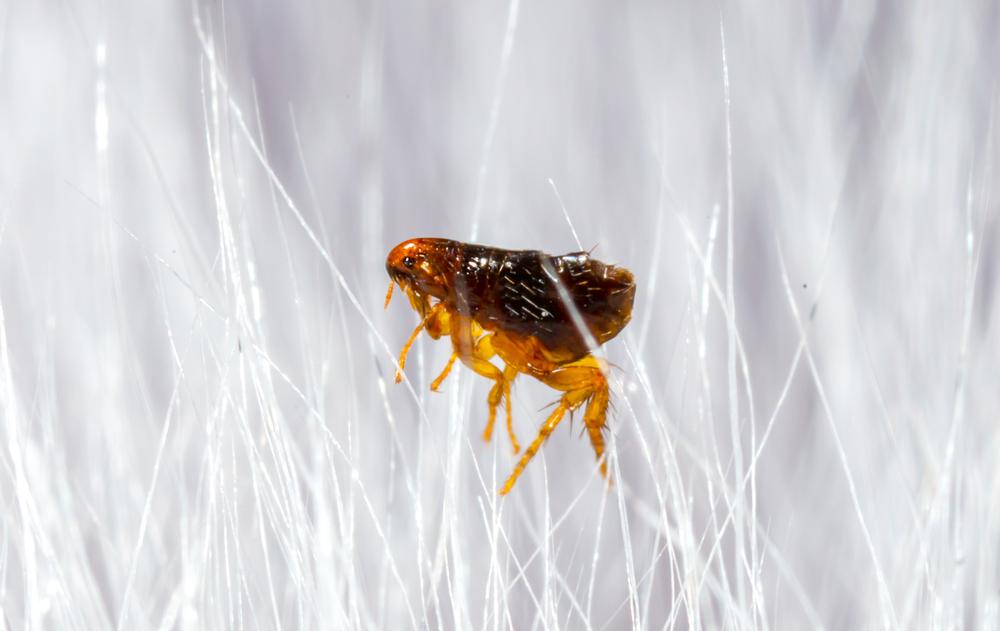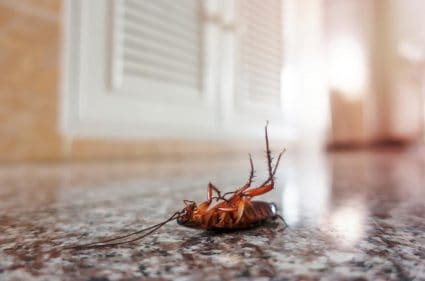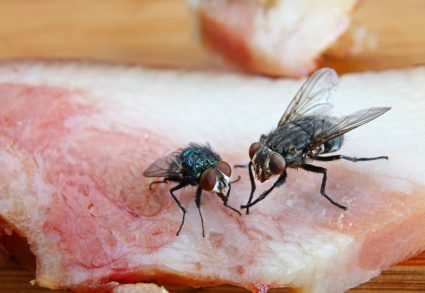
Fleas and ticks can be a major nuisance, especially when they infest your carpets. These pesky parasites can cause discomfort to both humans and pets and can be difficult to eradicate. However, with the right knowledge and tools, you can successfully rid your carpets of these pests. This comprehensive guide will provide you with in-depth information, examples, and practical steps on how to get rid of fleas and ticks in your carpet.
To get rid of fleas and ticks in your carpet, start by thoroughly vacuuming all areas of your carpet, especially corners, crevices, and under furniture. Follow this up with steam cleaning, which kills fleas and ticks at all life stages. Natural remedies like diatomaceous earth, salt, baking soda, and essential oils can also be effective. If necessary, use a pet-safe indoor pesticide. To prevent future infestations, regularly check and treat your pets for fleas and ticks, vacuum and steam clean your carpets frequently, and keep your yard clean and well-maintained.
Recognizing the Signs of Fleas and Ticks in Carpets
Before embarking on a flea and tick elimination mission, it’s crucial to know the signs of an infestation. Some common signs include:
- Bites on humans, especially around the ankles
- Pets excessively scratching, experiencing hair loss, or showing signs of discomfort
- Flea deposits (feces) and eggs in pet fur or on carpets
- Discolored or pale gums in pets, which may indicate a flea infestation
- Regular presence of ticks on the skin of family members or pets
If you observe any of these signs, it’s likely that fleas and ticks have taken up residence in your carpets.
Health Risks Associated with Fleas and Ticks
Fleas and ticks pose several health risks to both humans and pets. They can transmit diseases such as bubonic plague, murine typhus, tularemia, tungiasis, Lyme disease, anaplasmosis, babesiosis, ehrlichiosis, Rocky Mountain spotted fever, and Powassan disease. Fleas can also cause allergic reactions in some people and pets, and if left untreated, can lead to anemia in pets.
Effective Methods of Eliminating Fleas and Ticks from Carpets
Now that we’ve established the signs and risks of a flea and tick infestation, let’s dive into the steps you can take to eliminate these pests from your carpets.
Vacuum Thoroughly
Regular vacuuming is one of the most effective methods of getting rid of fleas and ticks. Make sure to vacuum all areas of your carpet, paying special attention to corners, crevices, and under furniture. Dispose of the vacuum bag immediately after use to prevent any surviving pests from escaping.
Steam Cleaning
Hot steam and soap can kill fleas and ticks in all stages of their life cycle. Consider steam cleaning your carpets regularly, especially in areas where your pets sleep.
Natural Remedies
There are several natural remedies you can use to combat fleas and ticks in your carpet. For instance, sprinkling diatomaceous earth, salt, or baking soda on your carpets can help kill these pests. Essential oils, such as eucalyptus and lavender, can also be used as natural repellents.
Use of Pesticides
There are numerous flea and tick pesticides available on the market. Choose a pet-safe indoor pesticide and follow the label instructions carefully. Always keep your pets away from the treated area until it is safe.
Preventing Future Infestations
Preventing future infestations is just as important as eliminating an existing one. Here are some steps you can take to keep your carpets flea and tick-free:
- Regularly check and treat your pets for fleas and ticks
- Vacuum your carpets at least once a week
- Steam clean your carpets regularly
- Wash your pet’s bedding and other frequently used areas regularly
- Keep your yard clean and well-maintained
Conclusion
Getting rid of fleas and ticks from your carpets may seem like a daunting task, but with the right knowledge and tools, it’s entirely achievable. Remember to stay vigilant, keep your home clean, and regularly check your pets for any signs of fleas or ticks. If the infestation persists or is severe, consider seeking help from a professional pest control service.
Frequently Asked Questions
How often should I vacuum my carpets to prevent flea and tick infestations?
You should vacuum your carpets at least once a week. This helps remove any fleas, ticks, eggs, or larvae that may be hiding in your carpet. Remember to dispose of the vacuum bag immediately after use.
Can I use any type of essential oil to repel fleas and ticks?
Not all essential oils are effective in repelling fleas and ticks. Some of the most effective ones include eucalyptus, lavender, peppermint, and lemongrass. However, it’s important to note that some essential oils can be harmful to pets, especially cats. Always check with your vet before using any essential oils around your pets.
What should I do if I notice fleas or ticks on my pet?
If you notice fleas or ticks on your pet, you should treat your pet immediately with a flea and tick treatment. This could be a topical treatment, oral medication, or a flea and tick collar. Always consult your vet for the best treatment options for your pet.
Can I use the same pesticide for both fleas and ticks?
Most pesticides designed for fleas also work on ticks, but it’s always best to read the product label to be sure. Some pesticides may be more effective on one type of pest than the other. Always follow the instructions on the label for safe and effective use.
How long does it take to get rid of fleas and ticks from carpets?
The time it takes to completely eliminate fleas and ticks from your carpets can vary depending on the severity of the infestation and the methods used. With regular vacuuming, steam cleaning, and use of pesticides, you should start seeing a reduction in the number of pests within a few weeks. However, it’s important to continue treatment for at least a few months to ensure all eggs and larvae have been eliminated.











